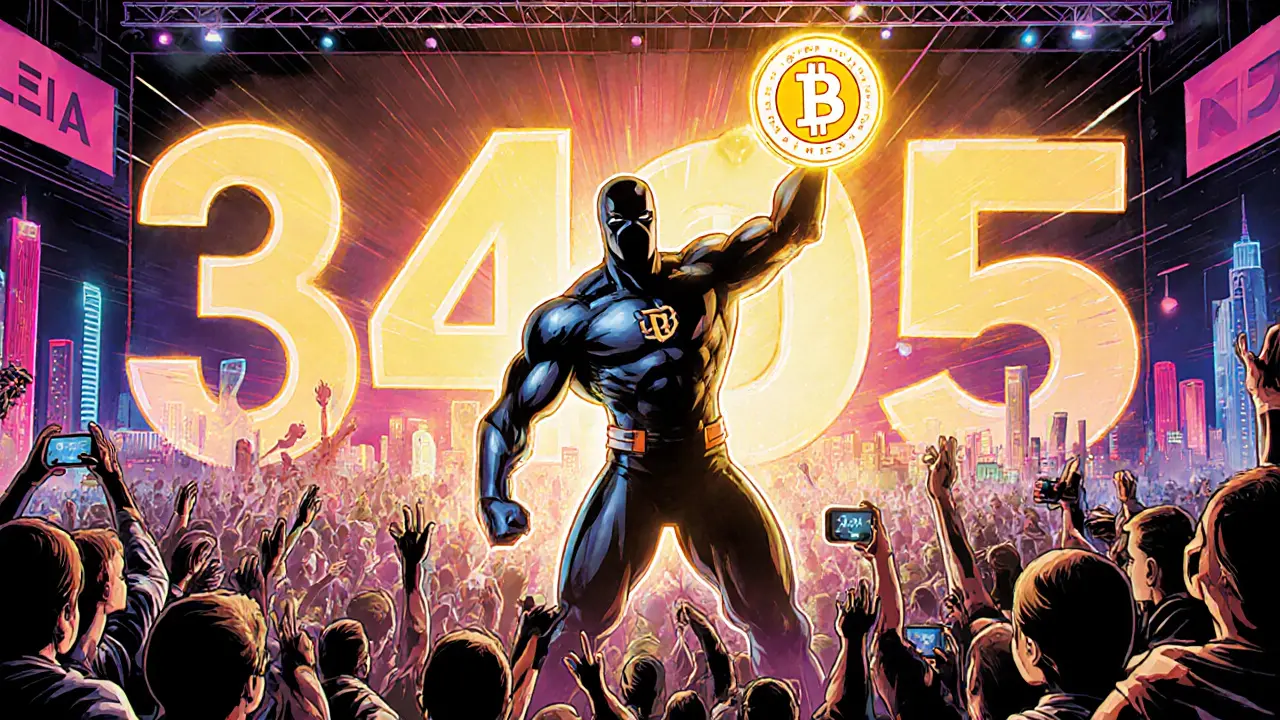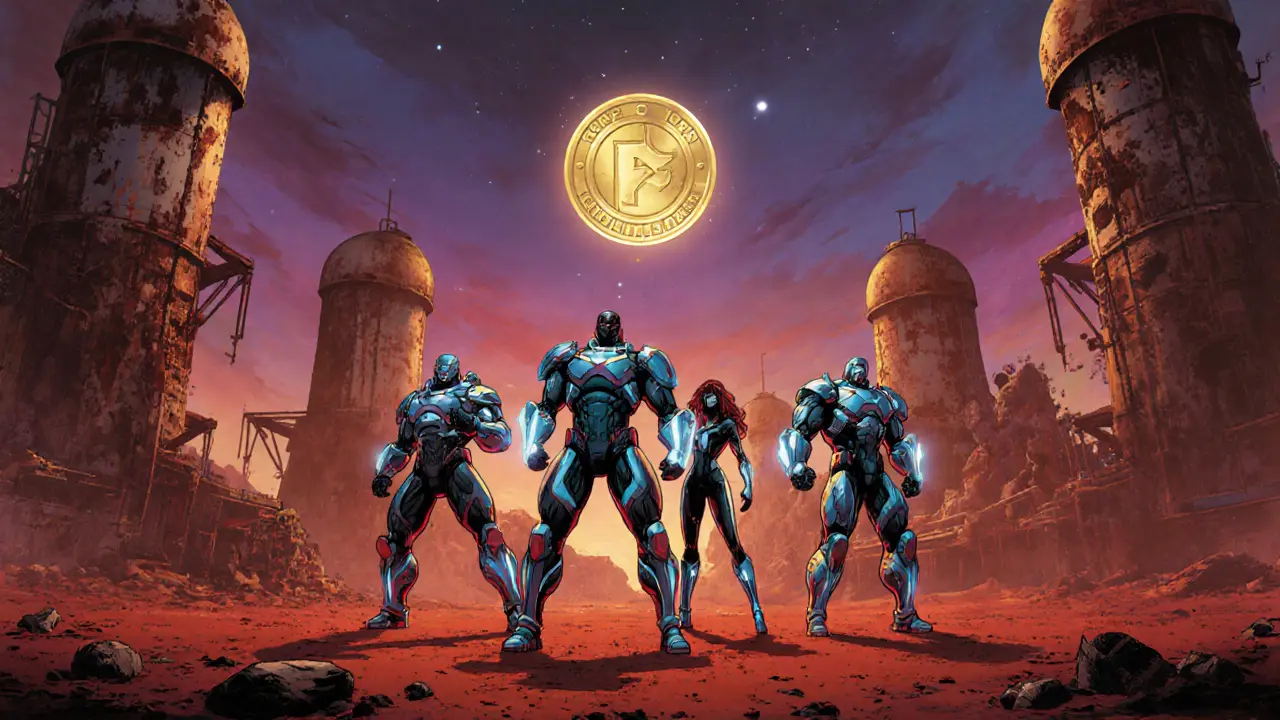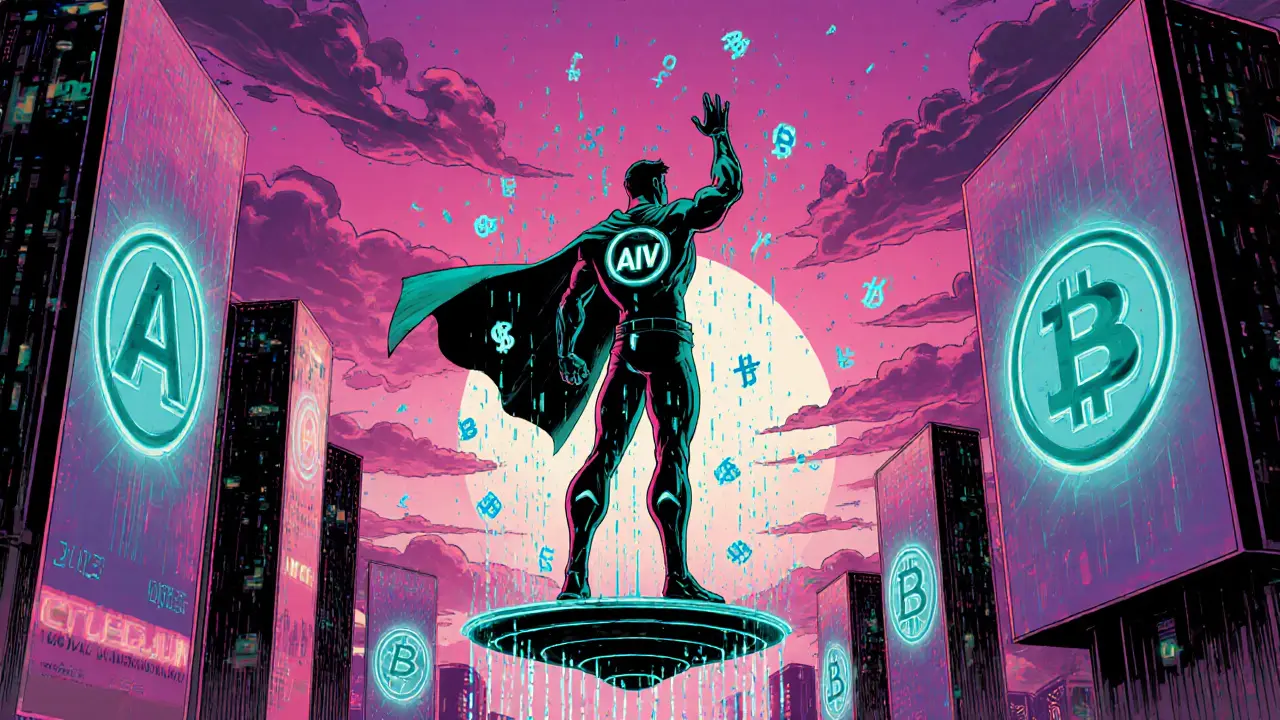When you hear crypto gaming, the blend of blockchain tech with interactive entertainment that lets players earn real‑world value while they play, you’re looking at a fast‑evolving niche. It’s also called GameFi, a sector where game mechanics meet decentralized finance and often runs on non‑fungible tokens (NFTs), unique digital collectibles that represent in‑game items, characters or land. Many projects kick‑start their economies with airdrops, free token distributions designed to attract players and seed liquidity. All these pieces together create a ecosystem where playtime can translate into tradable assets.
One of the biggest challenges for crypto gaming is scaling. Traditional blockchains can’t handle millions of simultaneous moves, so developers are turning to modular blockchain architecture. By separating execution, consensus, data availability and settlement into distinct layers, a modular design boosts throughput and reduces fees – a crucial factor for fast‑paced multiplayer battles. This architectural shift enables more complex play‑to‑earn (P2E) models where every in‑game action can trigger a micro‑transaction without clogging the network.
First, play‑to‑earn, a mechanic that rewards players with tokens or NFTs for time spent, achievements or skill has turned casual gamers into micro‑entrepreneurs. Successful P2E titles combine engaging gameplay with solid tokenomics: a capped supply, clear utility, and staking options that let users earn passive income. Second, gaming NFTs, digital assets that can be bought, sold, or used across multiple games are becoming the new rarity system, replacing conventional loot boxes and giving players true ownership. Third, airdrop campaigns continue to serve as growth hacks, but they also test a game's community health. Projects that tie airdrop eligibility to in‑game milestones tend to keep users active longer than pure “sign‑up” drops.
Regulation is another piece of the puzzle. As governments tighten rules around token sales and digital assets, crypto games must navigate licensing, AML checks and consumer‑protection standards. This creates a demand for compliant exchange listings, secure wallets, and transparent market data – all of which DexBand tracks and compares. Knowing which exchanges support a game’s token, what the fees are, and how the token’s market cap behaves can help players decide whether a game’s economy is sustainable.
Finally, market signals such as price bands, volume spikes, and on‑chain activity dashboards give developers feedback on player sentiment. When a game’s token breaks above a resistance band, it often signals rising adoption, prompting developers to roll out new content or limited‑edition NFTs. Conversely, a sudden drop may indicate over‑minting or token fatigue, prompting a redesign of reward structures. By watching these indicators, both gamers and creators can fine‑tune strategies in real time.
Below you’ll find a curated collection of deep dives, reviews, and guides that cover everything from modular blockchain design to specific token airdrop mechanics, from NFT market trends to exchange security. Whether you’re a player looking to maximize earnings, a developer hunting for scaling solutions, or an investor scouting the next big GameFi hit, the articles ahead give you concrete data and actionable insights to navigate the fast‑moving world of crypto gaming.

Learn what Leia Games (LEIA) crypto coin is, its price, market data, risks, and how it stacks up against other gaming tokens.

A clear, 1500‑word guide that explains what Farcana (FAR) crypto token is, its price data, game integration, risks, and how to buy and use it.

A clear, conversational guide to AIVeronica (AIV) crypto coin-its tech, tokenomics, market data, risks, and how to get started in the AI‑driven gaming ecosystem.